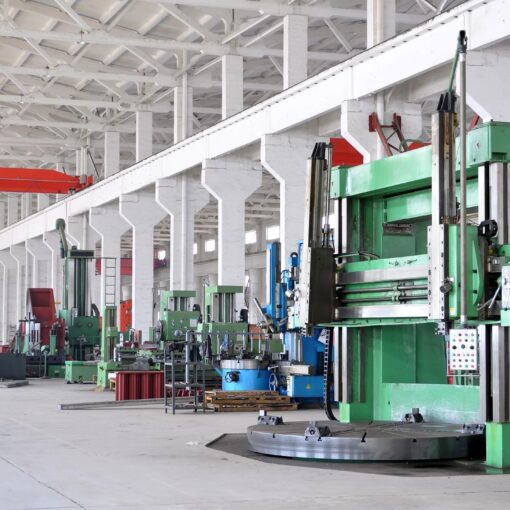Dr. Akos Vertes is a Professor of Chemistry and a Professor of Biochemistry and Molecular Biology at The George Washington University in Washington, D.C. He is a co-founder and co-director of the W. M. Keck Institute for Proteomics Technology and Applications, a center of strategic excellence at the university. Professor Vertes received his Ph.D. in 1979 at the Eötvös Loránd University in Budapest, Hungary, followed by postdoctoral work at the University of Notre Dame in Notre Dame, IN. He arrived to The George Washington University in 1991, where by 2000 he rose through the ranks to Full Professor. In addition to his position there, he served as a Guest Researcher at the Naval Research Laboratory in Washington, D.C, and as an Adjunct Scientist at the National Institutes of Health in Bethesda, MD. He also served as a Visiting Professor at the Swiss Federal Institute of Technology Zurich (ETH Zurich) in Zurich, Switzerland, and as a Visiting Faculty at the Lawrence Berkeley National Laboratory in Berkeley, CA. His research interests span from fundamental studies in analytical and physical chemistry to the development of new technologies for biomedical analysis. Based on these new tools, his laboratory develops new methods for the molecular imaging of biological tissues and the analysis of single cells and subcellular compartments to answer fundamental questions in biology. His interdisciplinary research has been disseminated in over 140 peer-reviewed publications, and in two books. More than 10 of his papers are featured on the covers of high impact journals. His inventions are documented in 5 issued US patents and 13 pending patent applications. Much of this intellectual property has been licensed by the biotech industry. His honors and awards include Hillebrand Prize, the Velmer A. Fassel Lecture in Analytical Chemistry, the Oscar and Shoshana Trachtenberg Prize for Scholarship, the Elsevier/Spectrochimica Acta Award, the Fellow of the Royal Flemish Academy for Science and the Arts in Brussels, Belgium, and the Doctor of the Hungarian Academy of Sciences in Budapest, Hungary. His inventions garnered a “Top 10 Innovations of 2011” award from the magazine The Scientist, in the UK, a “2012 R&D 100 Award” from the R&D Magazine, the Editors’ Bronze Award at the 2012 International Pittsburgh Conference on Analytical Chemistry and Applied Spectroscopy (PITTCON) and the Frost & Sullivan 2012 New Product Innovation Award in Bioanalytics. He serves as an Academic Editor for the journalPLoS ONE.
From Fundamentals to New Tools and Back to Fundamentals

Abstract: In the past three decades, new insights into two physical phenomena, laser-solid interactions and electrosprays, reshaped the landscape of bioanalytical chemistry. Specific interactions of lasers with condensed matter are used throughout chemistry to synthesize, modify and probe materials of interest. Important examples include, matrix-assisted laser desorption ionization (MALDI) for biomolecular analysis, photonic ion production from nanostructures, and phase explosion for laser ablation sampling of biological specimens. Electrification of liquid menisci finds similarly diverse applications in macromolecular ion production, nanoencapsulation and electrospinning. Our efforts to understand the volatilization, ionization and fragmentation of biomolecules in these processes resulted in the description of limited energy transfer between matrix and analyte, and the introduction of a fluid dynamic model for MALDI. Analyte internal energy measurements in MALDI, electrospray ionization (ESI) and photonic ionization revealed fragmentation patterns in these highly complex processes. Columnar nanostructures, for example, silicon nanopost arrays (NAPA), were shown to exhibit photonic ion production, including the polarization dependence of ion yields. The formation and disintegration regimes of electrified liquid droplets were followed from bulk solution to nanoscopic droplets to explain ion production in ESI.
Armed with extensive knowledge about laser ablation sampling and various forms of ion production, we set out to design a new bioanalytical modality. This technique capitalized on mid-IR laser sampling of microvolumes followed by ESI of the ablation plume for mass spectrometric analysis. The resulting method, termed laser ablation electrospray ionization (LAESI), enabled the direct local analysis of biological tissues and cells, and their mass spectrometric imaging at atmospheric pressure in two and three dimensions. In situ LAESI measurements on numerous biomedical systems included plant tissues and cells, virally infected lymphocytes, energy harvesting microorganisms, rodent brain tissue sections and the central nervous system of molluscs. Optimized nanofabrication of NAPA resulted in an ultrasensitive ionization platform that enabled the metabolic analysis of a single yeast cell.
These novel tools enabled us to ask some fundamental questions that promised fresh insight in cell biology. Through the combination of cell dissection and LAESI mass spectrometry, we demonstrated the existence of significant metabolite gradients between the cytoplasm and the nucleus within a cell. Our ability to analyze individual cells on NAPA allowed the exploration of cellular heterogeneity and its changes under oxidative stress. In these endeavors we benefitted from an interdisciplinary approach that started with exploring the basic physics.
Read about all past Hillebrand Prize recipients here.



